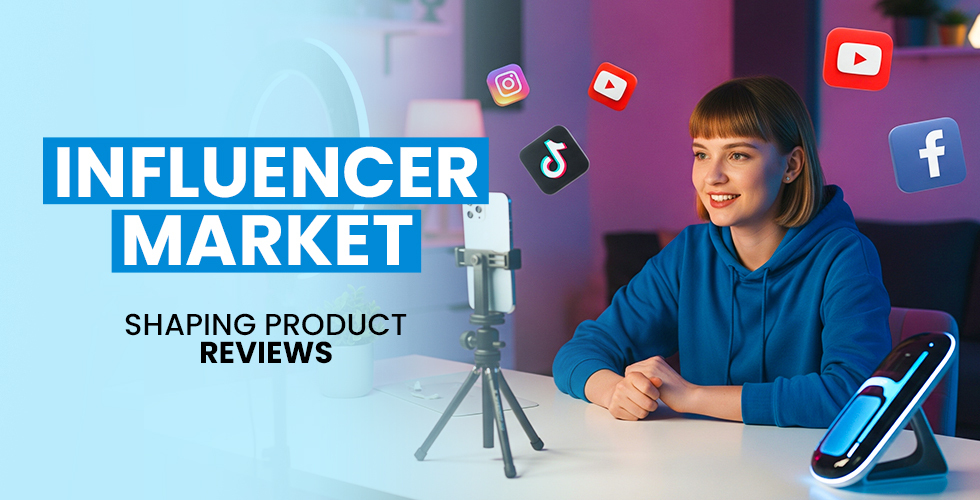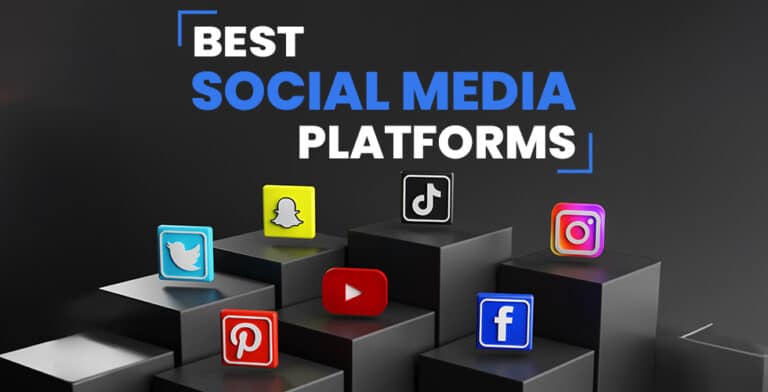In 2025, product reviews have evolved into a hybrid of entertainment, education, and authenticity—and influencer marketing is driving that change. With more people turning to trusted creators instead of traditional advertising, the role of influencers in the buyer’s journey is stronger than ever. Here’s how influencer marketing is reshaping how consumers perceive and trust product reviews today.
Influencers Are Now the New-Age Product Experts
Influencers have become the go-to source for product insights across niches. Their relatability and storytelling help build trust with their followers, and their opinions often carry more weight than traditional ads or brand-sponsored messages. These creators showcase products in real-life settings, making reviews more practical and digestible for everyday users.
Short-Form and Long-Form Video Are King
In 2025, both short and long-form videos dominate the review landscape. Short clips on TikTok, YouTube Shorts, and Instagram Reels grab attention and create viral buzz, while longer videos on YouTube provide deep dives into features, usage, and comparisons. Many influencers now complement their YouTube reviews with Amazon Influencer videos and Flip shopping content, making product discovery easier and more entertaining.
Authenticity > Polish
Consumers today are sharp—they can detect overly scripted or biased content within seconds. As a result, influencers are focusing more on honesty, transparency, and raw experiences. Viewers connect more with unscripted opinions and value influencers who aren’t afraid to highlight both the strengths and shortcomings of a product.
Influencers Are Creating Multi-Touchpoint Reviews
Influencers no longer stop at a single video. They amplify their reviews across platforms by turning them into Instagram stories, carousels, blog posts, YouTube Shorts, and even newsletter content. This approach reinforces product awareness throughout the buyer journey, ensuring consistent exposure across multiple channels.
Data-Driven Collaboration Is Now the Standard
Brands are getting smarter about influencer partnerships. Rather than chasing vanity metrics like follower count, they’re diving into performance data such as engagement rates, audience demographics, watch time, and even past conversion results. Influencer marketing platforms have evolved to provide these analytics, enabling brands to choose creators based on real outcomes.
Niche Communities Are Driving Targeted Product Adoption
In 2025, micro- and nano-influencers are making just as much impact as larger creators—if not more. With highly engaged, niche audiences, these influencers often drive more meaningful interactions and stronger conversions. Whether it’s outdoor tools, smart home tech, kitchen gadgets, or cycling gear, niche influencers help brands speak directly to the right people.
Influencer Reviews Are Becoming Evergreen Assets
Today’s influencer content isn’t just a one-time promotion. It lives on as an evergreen asset that continues to attract views, clicks, and conversions months after publishing. Brands are now embedding influencer reviews into product pages, retargeting ads, and email sequences to capitalize on their ongoing value.
The Rise of Collaborative Content Creation
Brands are giving influencers more creative freedom—and the results speak for themselves. Instead of dictating scripts, they collaborate on storytelling formats that feel authentic and engaging. From real-time unboxings to lifestyle integrations and creative challenges, this content resonates far more than traditional ads.
Final Thoughts
In 2025, influencer marketing isn’t just a marketing channel—it’s a new form of storytelling. Product reviews are no longer one-dimensional; they’re dynamic, trust-driven experiences that shape how consumers think and buy. For brands looking to stand out in crowded marketplaces, working with the right influencers can be the key to building lasting credibility and driving results.






